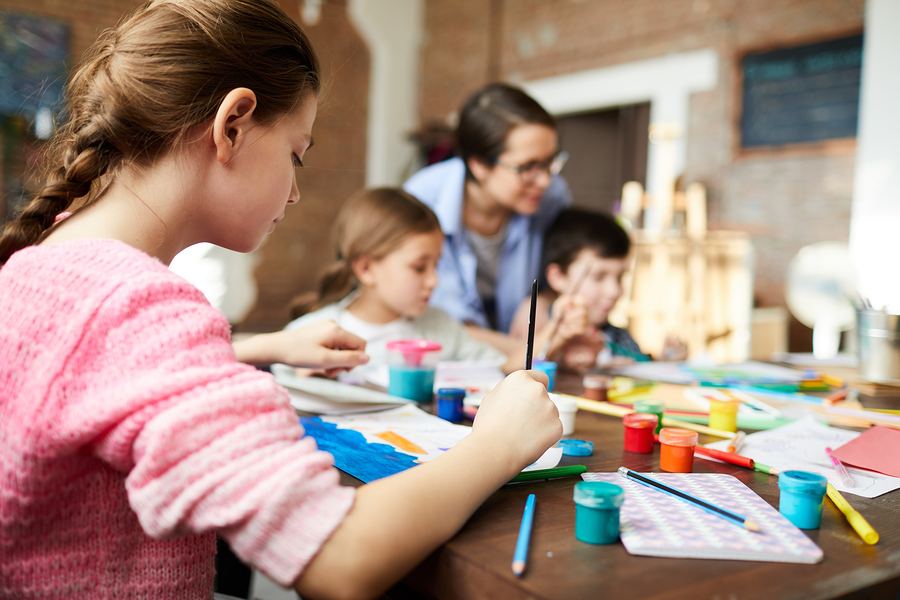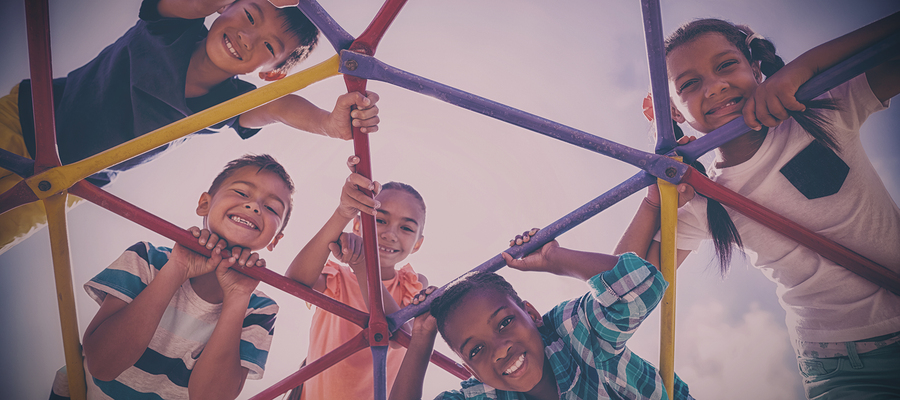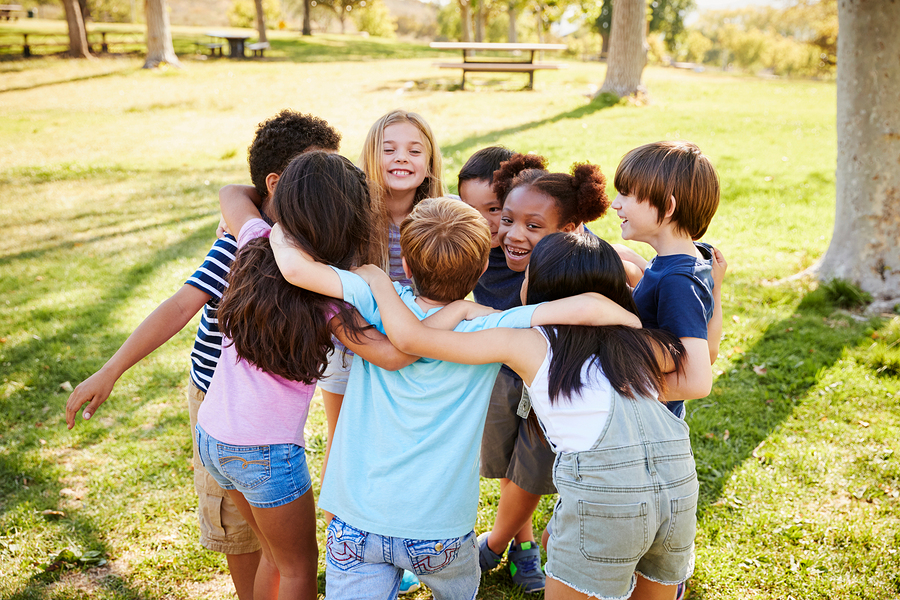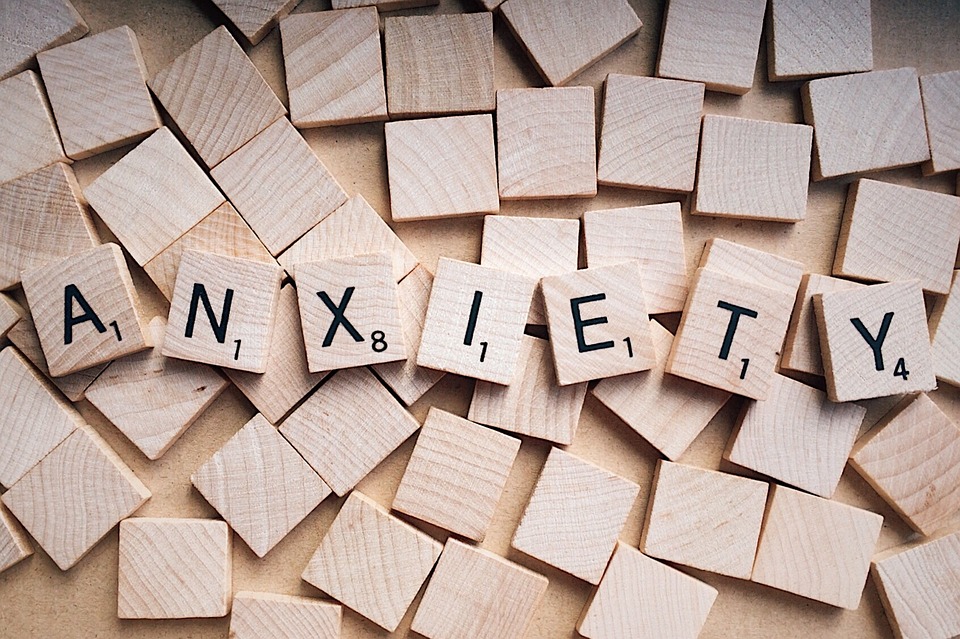As educators understand the value of social and emotional intelligence, they are increasingly leaning on animals to teach children these skills.
Photo: Bigstock.
The last decades we have learned a lot about animals and how they can transcend their role of pets. For many people, animals are not just pets, a dog, a cat, or even a turtle can be a friend, a support provider, or a family member. But what about the classroom?
To understand how service or therapy animals can contribute to the educational experience, we first need to know that it is not about having a pet in the school. These animals are the result of years of studies and training alongside them comprehend how their brain, their behavior, and their personalities work. This exhaustive body of research enables them to do more than accompany people, and become service or therapy animals.
What are service or therapy animals?
A service or therapy animal is an animal that has been socialized to deal with humans and has a set of aptitudes to develop perception, focus, empathy and excellent response to commands from their handler or human partner.
Their job is to respond and react to people in their natural environment, under the guidance of a human. There are a lot of situations in which a service or therapy animal can help. A service dog can be the eyes of a blind person; a support cat can be the emotional anchor of a young person with autism; a therapy parrot can help a child with a speech impediment with exercises based on repetitions.
Support and therapy animals have been a great ally to people with specific problems. Nowadays, their potential as a resource for social and emotional support in the classroom is being explored.
Animals entered the school life decades ago as classroom pets, but the dynamic was different. A classroom pet was usually a small animal confined to a cage, fishbowl, or crystal box. Their purpose was not mutual interaction. They were there to teach kids the responsibility of taking care of someone smaller than them. They still didn’t know the educational potential between students and animals trained to improve the educational experience.
How do trained animals make schools better?
Special education classrooms were the first place in which teachers and educational staff saw the attributes that made dogs the best service and therapy animals for schools. Since then, the subject of service animals in educational spaces has been studied and debated.
A study published in the American Educational Research Association Open Journal includes details about how animals can help reduce stress, improve social interaction, increase motivation and encourage learning.
The investigation by the WALTHAM™ Centre for Pet Nutrition and the Eunice Kennedy Shriver National Institute of Child Health and Human Development, found key points to sustain the theory of the service or therapy animals being catalysts of good experiences in schools.
Researchers noticed that when trained animals joined the class, students were more focused and willing to follow instructions, making it easier to complete their assigned tasks. They also made more and better questions, interacting more with their teachers. Their social dynamics also got better; when the animals were present within the classroom settings, students were more prone to pay attention and sitting still.
Another positive change was seen in students’ attitude towards teachers and school personnel, interactions with the animals help the children develop a sense of responsibility and empathy.
In Switzerland, dogs are integrated into some elementary schools, with excellent results, specially when it comes to reducing stress, as the Swiss Info Channel Reports in the following video.
How to work around service or therapy animals’ limitations
The benefits of having a service animal in schools are many and real, but that doesn’t mean it’s “a one size fits all” situation. There are students with particular circumstances that can raise concerns and ought to be sorted out before getting service or therapy animals into the classroom.
Some students have allergies or are afraid of animals. But there are ways to work around that so that the whole class can have a better educational experience. Shary Feeney, a veteran with 25 years of teaching experience under her belt, talks about some of the issues that came across while trying to welcome Boomer, the school’s support dog into the classroom.
>
“I’ve spoken with the families of children who fear dogs, and together we’ve created plans for different ways to accommodate them: They may opt to be out of the class when Boomer is present, or they may sit at a desk in the back of the classroom, or we may keep Boomer out of their classroom altogether.”
Feeney also explained that are no hypoallergenic dogs, but that there have implemented plans to keep allergic students safe. Parents are free to decide if they want their kid to interact with the dog, and for how long.
If there are any allergic children in the classroom, Boomer is kept on a leash to make sure he won’t go near them. She reported no incidents in periods as long as 40 minutes, the length of a full class session.
In an educational environment full of challenges, in which teachers are always searching for new methods to stimulate students and give them the proper emotional and social tools to thrive, service and therapy animals are one of the best resources to educate in new way in which bonding can be an alternative to the sole use of instruction.
This article from Observatory of the Institute for the Future of Education may be shared under the terms of the license CC BY-NC-SA 4.0 
)
)











)
Paulette Delgado
Paulette Delgado
Paulette Delgado